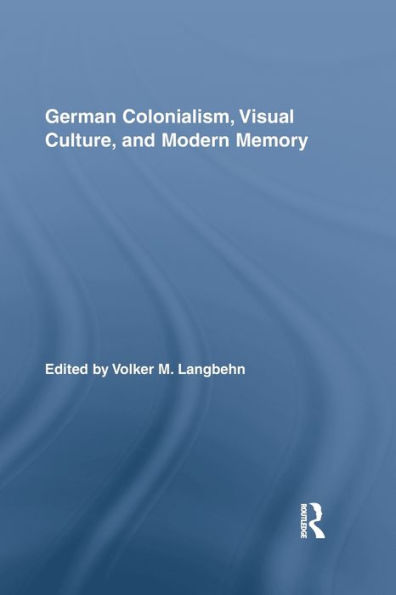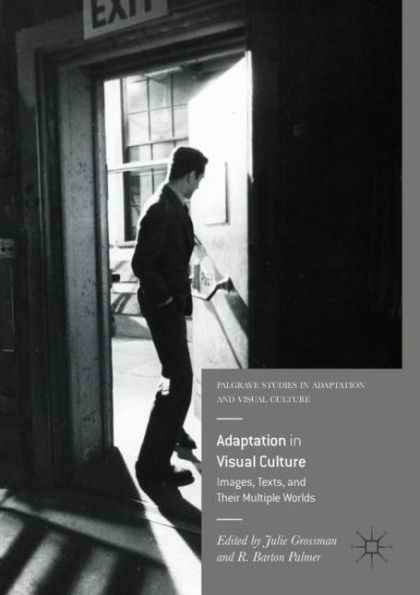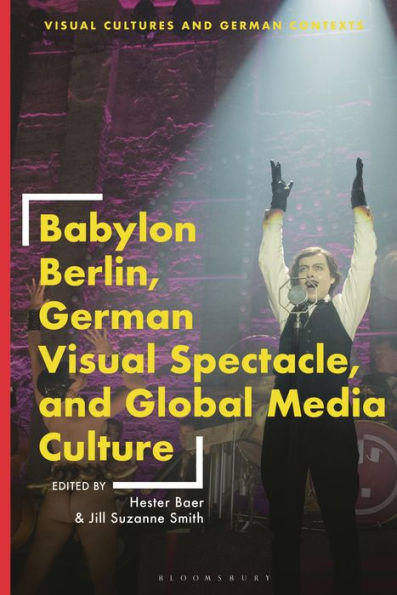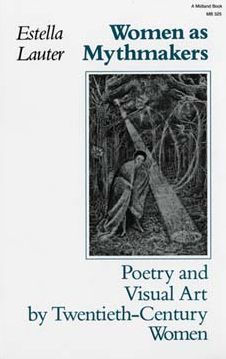Home
Visual Culture in Twentieth-Century Germany: Text as Spectacle
Barnes and Noble
Visual Culture in Twentieth-Century Germany: Text as Spectacle
Current price: $26.00
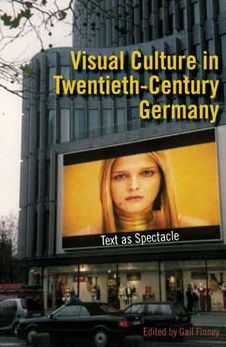

Barnes and Noble
Visual Culture in Twentieth-Century Germany: Text as Spectacle
Current price: $26.00
Size: OS
Loading Inventory...
*Product information may vary - to confirm product availability, pricing, shipping and return information please contact Barnes and Noble
If the 21st century is the digital age, the 20th century can be characterized as the visual age—the era in which visual activity achieved unprecedented prominence. As this volume richly demonstrates, the visual mode was nowhere more dynamic and powerful during the 1900s than in Germany.
Visual Culture in Twentieth-Century Germany
explores a wide spectrum of visual media in 20th-century Germany in their critical and social contexts. Contributors examine film, photography, cabaret performance, advertising, architecture, painting, dance, television, and cartography, investigating the ways in which these visual media were inflected by aesthetic innovation, changing attitudes toward gender and sexuality, and the political upheavals of the day. This volume sheds new light on German cultural history during the 1900s and represents a major contribution to the field of visual culture studies.
Visual Culture in Twentieth-Century Germany
explores a wide spectrum of visual media in 20th-century Germany in their critical and social contexts. Contributors examine film, photography, cabaret performance, advertising, architecture, painting, dance, television, and cartography, investigating the ways in which these visual media were inflected by aesthetic innovation, changing attitudes toward gender and sexuality, and the political upheavals of the day. This volume sheds new light on German cultural history during the 1900s and represents a major contribution to the field of visual culture studies.




